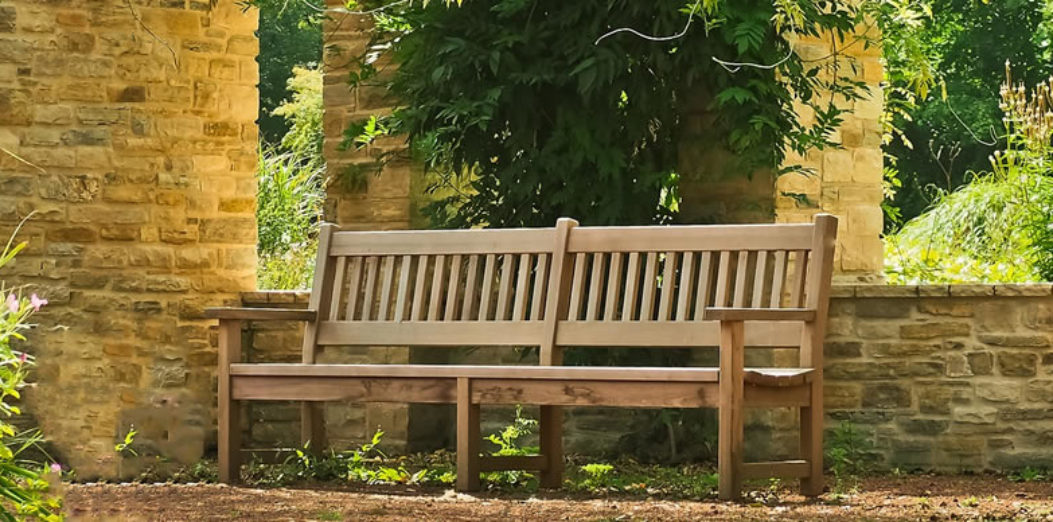Garden Design Psychology

For me, one of the joys of designing, and then constructing gardens for people is witnessing the pleasure that clients feel as they use their new gardens – perhaps experiencing the garden in ways they had never even considered before. And sometimes enjoying spaces they had written off as not worth bothering with.
Garden design is much more than simply creating beautiful and / or productive gardens. It’s more than the smells, the sounds, the wildlife and everything else. It’s about making clients love being in their garden – wanting to be there, wanting to sit and relax in a particular place or walk along a certain path. It’s about making an emotional connection between client and garden possible.
Ok, this may sound rather too philosophical for some hardened gardener types, but there are lots of things – some in your face, and some very subtle – that designers incorporate into their designs which help create this emotional chemistry:
A sense of enclosure
Most important is to create sitting areas which have a sense of enclosure – somewhere cosy, secure and enclosed in which to chill. Better still if there are also views out from the sitting area to other parts of the garden, or even to views outside the garden. A good example of this is the sunken garden we recently constructed in Caversham. This sunken area is enclosed with raised beds and contemporary shutter screen, and we have now almost finished planting the area – with lots of lush green plants with white flowers. In summer, the overall effect will be like sitting in a glade-like bower surrounded by greenery, but still able to see out.
Avoiding tunnels & clutter…
Another design trick is to block off the end of paths if near patios or seat areas (maybe with a gate or trellis) to avoid the uncomfortable sensation of sitting at the end of a tunnel.
Small, cluttered and overlooked gardens can be a challenge, yet by carefully positioning plants and seating areas, a designer can normally create a simple area of uncluttered lawn – a little oasis of tranquillity and calm.
Similarly, private retreat areas can be created using structures and lush planting, and indeed planting can be used in creative ways to give all sorts of different effects – from glade to exotic to woodland to….
Encouraging exploration
Arches and paths can be used to create interest and mystery, encouraging people to explore their gardens. Children are extremely easy to encourage to explore in this way, especially if you give them some nice stepping stones to run and jump along….and maybe a few big old shrubs to build a den behind.
And features and vistas and seats can be added to create even more little areas of interest, with a surprise element too.
In front gardens, the various elements can be strategically located to “encourage” the postman to use a particular route to the front door – although it has to be said that preventing some postmen from walking over lawns and borders is particularly challenging!
These are just some of the tricks of the trade. There are many others. And as you can see, there needs to be a little bit of the psychologist in every good garden designer.